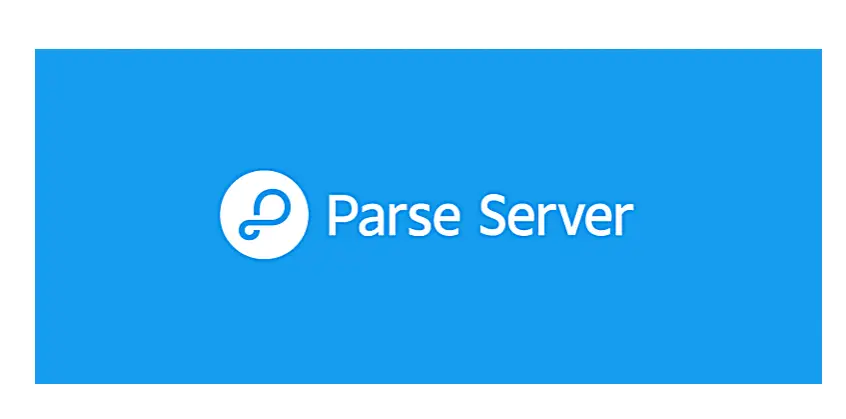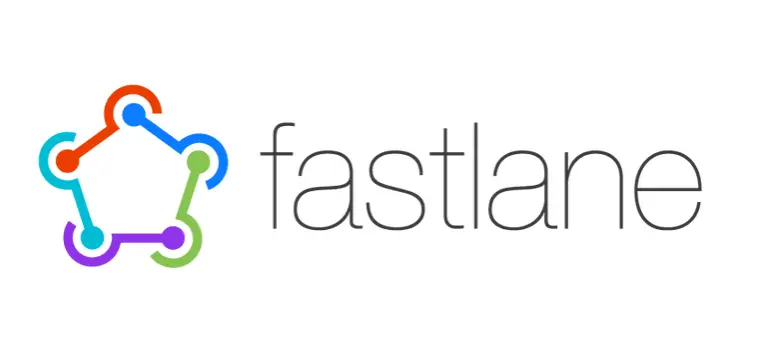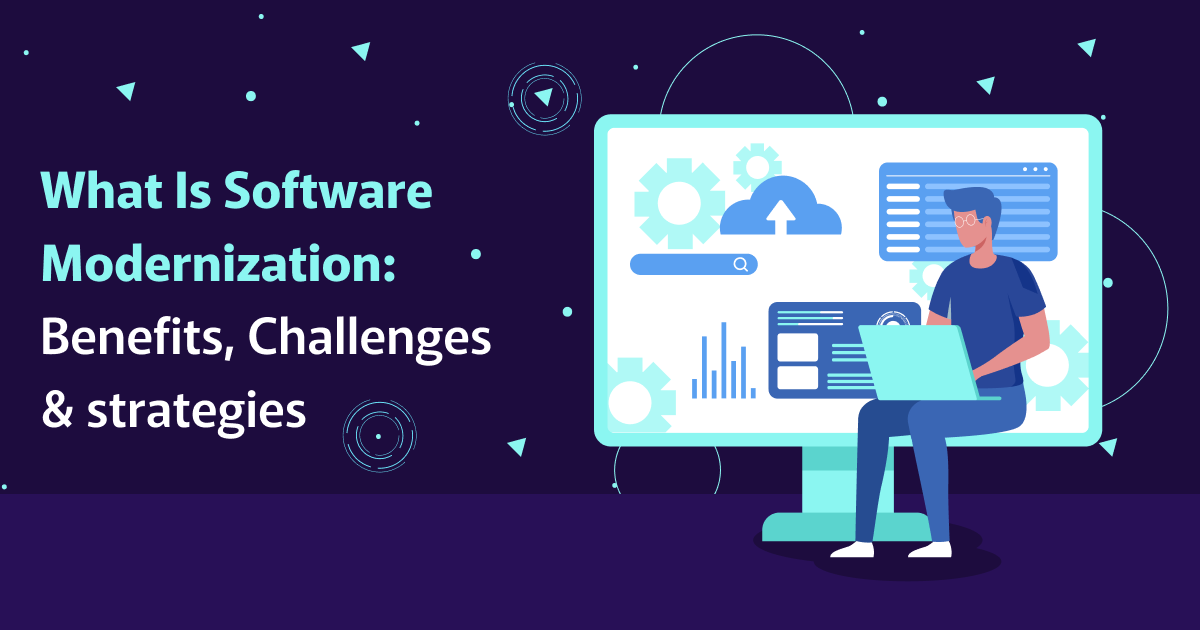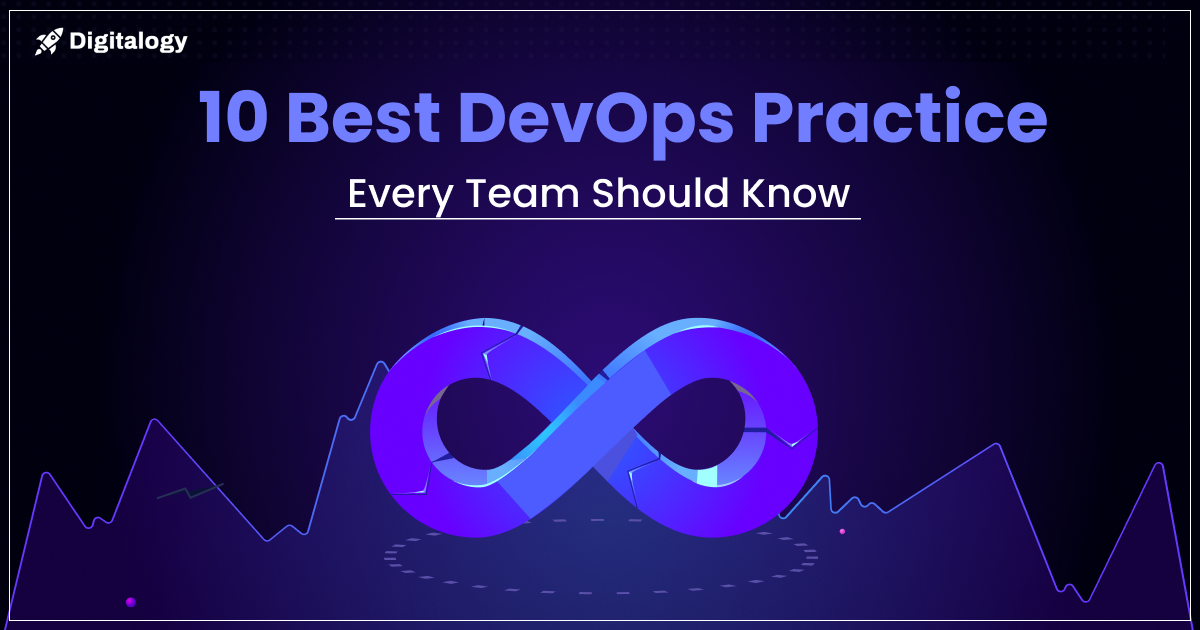Building an app is an expensive and exhaustive process, both in time and fiscal resources. Sometimes you just don’t have the finances to build an exclusive app, or you need to get to market rapidly to grab a prospect. Should you slice app features, or look elsewhere to pace up the app development process?
In this blog, we’ll take a look at 5 different tools for app development. And that cuts in equal ways: you can decrease the cost of building an app, and at the same time release the app more rapidly.
Most of the tools we’ll check out also assist you in speeding up your project’s levitation. Take Fastlane, for instance, that mechanizes manual app deployment tasks, so you can cut down your release cycle and spend more time on fixing errors and implementing features.
So, what are we waiting for? Let’s dive in!
1. Parse Server
The first development tool we’re going to take a glance at is Parse Server. It’s a free source cloud back-end tool, with a ton of additional features like databases, file storage, and user management.
Here’s how it works:
- Create an occurrence of Parse Server on an admired Platform as a Service (PaaS) like Heroku.
Attach your Parse Server object to a well-liked Database as a Service (DaaS) like mLAB
- Put together your app with your new Parse Server object, and start using some of its tools
- Voila! You now have a full-hand cloud-based backend service at your clearance.
Parse Server is the re-embodiment of the late Parse.com service, which shut down in early 2016. Instead of providing a finished service like Parse.com, Parse Server lets you make your own conventional cloud-based backend.
It’s open-ended free source, and you can roll up your Parse Server object on a number of structure providers, like Heroku, Azure, Google Engine App, and Digital Ocean.
A great feature of Parse Server is the Cloud Function. With JavaScript, you can code simple work that gets executed whenever an event in Parse Server is triggered, like uploading a file or storing a database object.
With the help of Parse Server, app developers spend less time on building backend features and maintaining web servers, and more time on building apps and characteristics. It’s affordable, scalable, relatively easy to uphold, and comes with a ton of useful built-in features.
Pros
- Maintain a ton of platforms, including the Internet of Things (IoT).
- Outstanding documentation and instance code
- A lively open-source area
Cons
- Requires a detached platform to run, like mLAB or Heroku
- Scaling features depend on the infrastructure
- It’s not an all-in-one package deal after
Pricing
Open source and free, but you’ll need infrastructure like Heroku to run Parse Server. A simple setup starts at around $20/month.

Link: https://parseplatform.org/
Fastlane is a tool that focuses on incessant integration and nonstop deployment. That’s one conjure way of saying: that whenever you create a new version app, it’s automatically pressed and available to end-users or beta testers. Fastlane supports your data flow with automated tools and processes.
Visualize you made an app, and you’ve just released the first version 1.0 in the App Store. A few weeks later you’ve found and fixed some errors and implemented a new app update. You want to deal out the improved version 1.1 of your app to beta testers, and then roll it out to every user.
Here’s what you do:
- You produce a new build and release it in App Store Connect
- You physically make new app screenshots for every device model
- You modernize your app’s metadata, screenshots, etc.
- You push the beta build to the testers
As a one-person developer, this is convenient. But imagine you’re working in a local team which is distributed. And you’re working on manifold app versions at a time — the present version, with fixes, and the “2.0” with new characteristics.
And best of all? It’s open source! That means testers and developers can add to the tool, and build their own actions and features. Every Fastlane tool is expansively documented, including instances and best practices, which makes it compulsory in every app developer’s toolbox.
Pros
- Put away a load of time
- Automates monotonous tasks
- Steer clear of mistakes by doing less manually
Cons
- Takes some endeavor to install and set up
- Overkill for solitary developers or occasional builds
Pricing
Free and open source!
Link: www.fastlane.tools

3. App Design Templates
The intent of your app matters, period. Within App Store rankings you’ll time and again see well-designed apps rank improved than equivalent, poorly intended apps.
Your app users are concerned about a good user understanding, more than ever. We put in fewer apps and spend more time in the apps known to us. On the other hand, users are less willing to take jeopardy with an app they don’t know much about.
That’s where a design pattern comes in. A design pattern is nothing more than ready-made graphics for your app. You can accept components and styles you like, or simply copy and paste the whole graphic design.
Some of our favorite design templates include:
- NOW, DO and TETHR by InVision
- iPhone GUI from Facebook
- Stark UI kit by Baianat
- Stitch by Lina Seleznyova
Many design templates are purposely made for definite types of apps, like social, efficiency, or e-commerce apps. You can also employ these graphic design templates to create mockups of your app.
When you use a design template, make sure you verify its license and terms of use. An app design template may be freely obtainable, but that doesn’t robotically mean you can use it or change it.
Pros
- Same as others, saves a lot of time and money
- Reasonable and often high eminence
- The majority of templates are customizable
Cons
- Takes time to modify
- Takes time to discover what you need
- Licensing features aren’t always clear
Pricing
Free/Paid
4. PaintCode
The first time you distinguish PaintCode do its thing, you’ll think it’s magic! It’s an easy and efficient tool, and it does one thing very well: producing programming code for graphically designed UI components.
Here’s how it works:
- You propose a UI component, like a button, visually in PaintCode
- PaintCode produces its Swift, C, Java, C#, JavaScript, or Scalable Vector Graphics code
- You employ the code in your app, and the UI part appears on the screen
Coders and designers often have to arbitrate between the designer’s wishes and the amount a developer can reconstruct those designs in code. With PaintCode, a designer can generate excellent-looking UI components, and see those designs come to life in the app.
PaintCode sends its drawings to a single file, so you can simply import back that file whenever the UI parts are updated. You can also use parametric variables and terminology, for example, to update color shading to a new color method in one go.
Pros
- Saves time and going backward and forward
- Supple and customizable
- Supports the 3 main app platforms
Cons
- Ability with design and development required
- Some coders don’t like generated code
- Incomplete support for Interface Builder-oriented workflow
Pricing
Free trial, $99/year for 1–3 person team
Link: www.paintcodeapp.com
5. Awesome iOS and Android
Awesome is strictly not a tool, but more like a resource. And it’s a store worth sharing!
Awesome is a list of resources, libraries, books, frameworks, courses, blogs, podcasts, tools and patterns for app development. A trouble-free search on GitHub shows that there are awesome lists for pretty much anything, a variety from iOS to Android to JavaScript.
Their most favorite awesome lists are:
- Awesome iOS presented by Vinicius Souza
- Awesome Android presented by Jürgen Stumpp
- List of awesome lists presented by Sindre Sorhus
Link: www.github.com/vsouza/awesome-ios
These are the major 5 Tools that will almost help you out in any possible way. Always remember to determine and understand how these tools work on the inside. An app pattern and features speed up development now, but further, than the bootstrapping phase, it pays the surplus to invest in a graphic designer.
Building on a peak of a cloud-based backend overhaul is suitable, but in some cases, it’s smarter to build your own web service. The wiser developer knows when to use which tool, and has a diverse set of tools in his toolkit. So, know your requirements and get started with these awesome tools!!
Pricing
Free to use.







